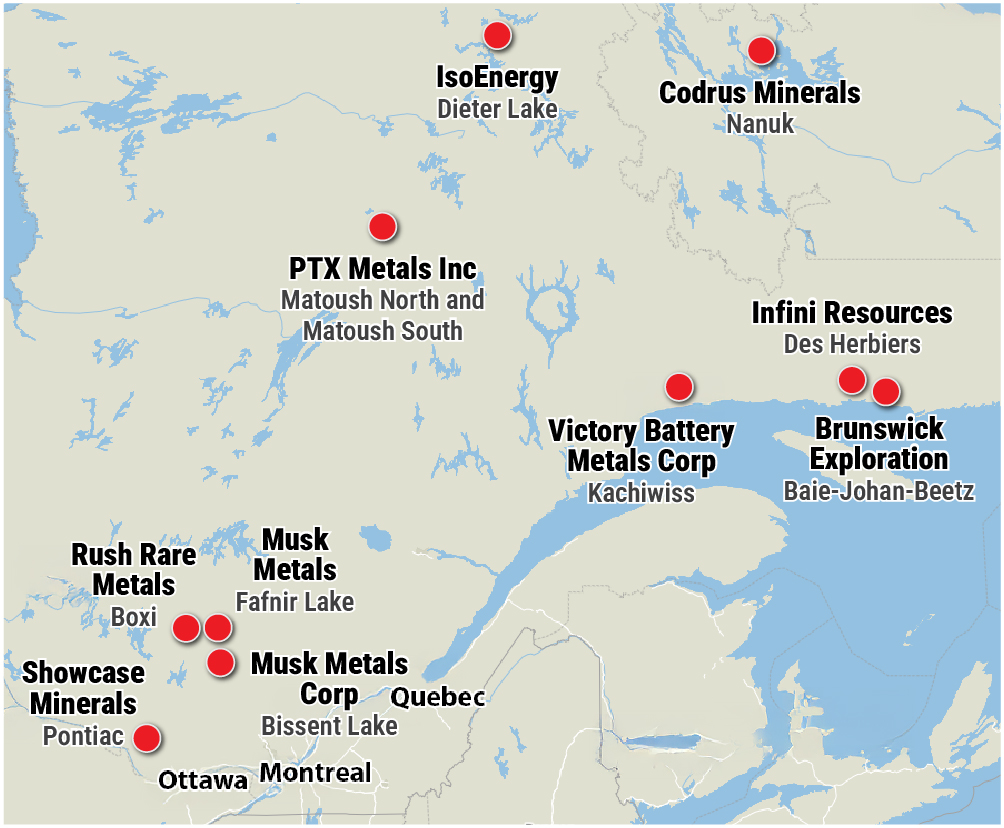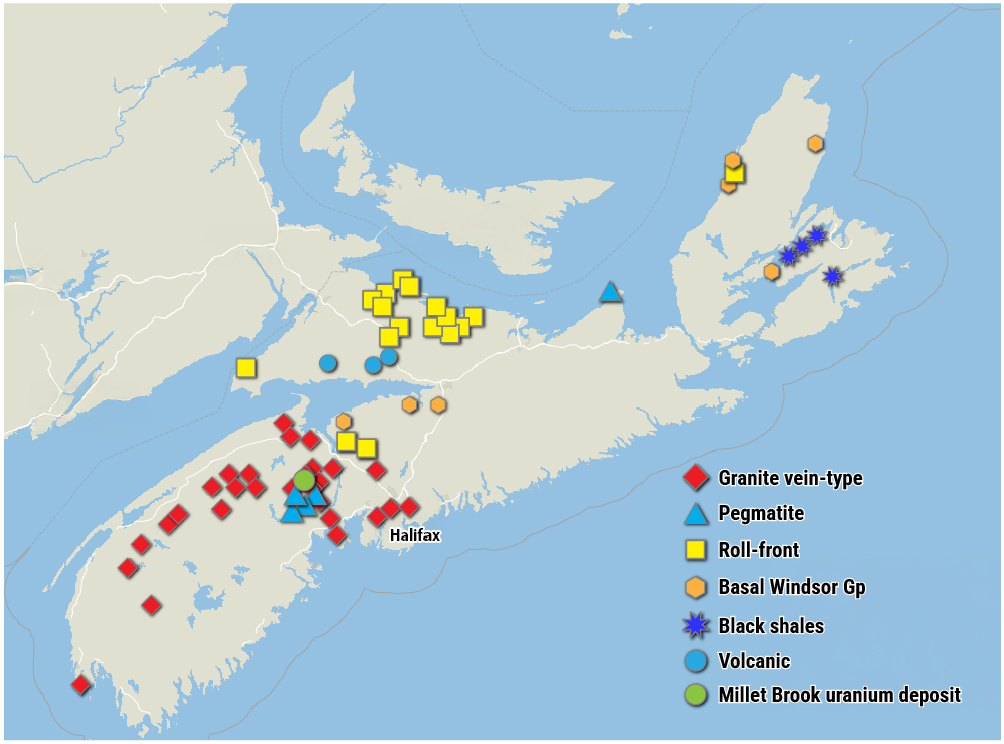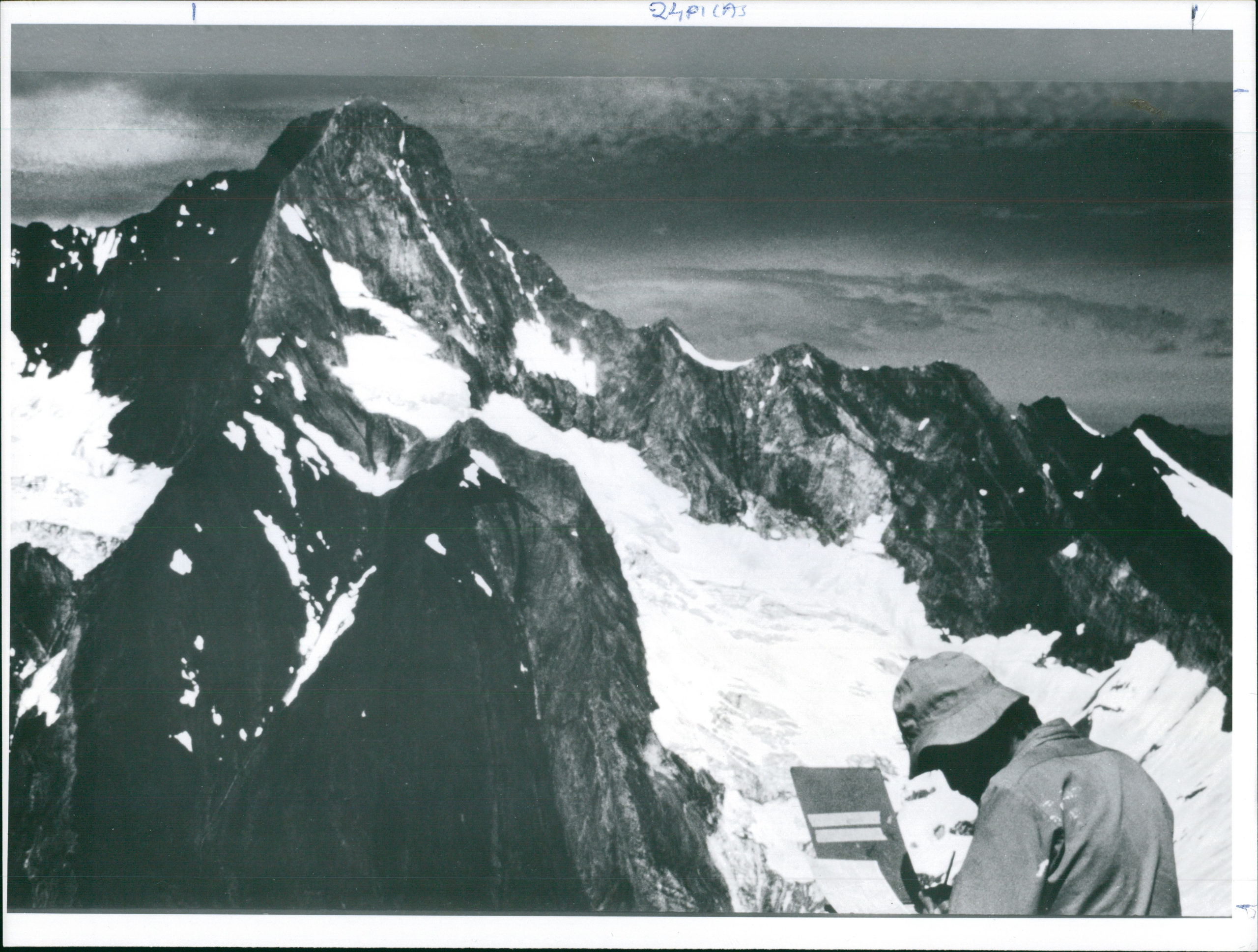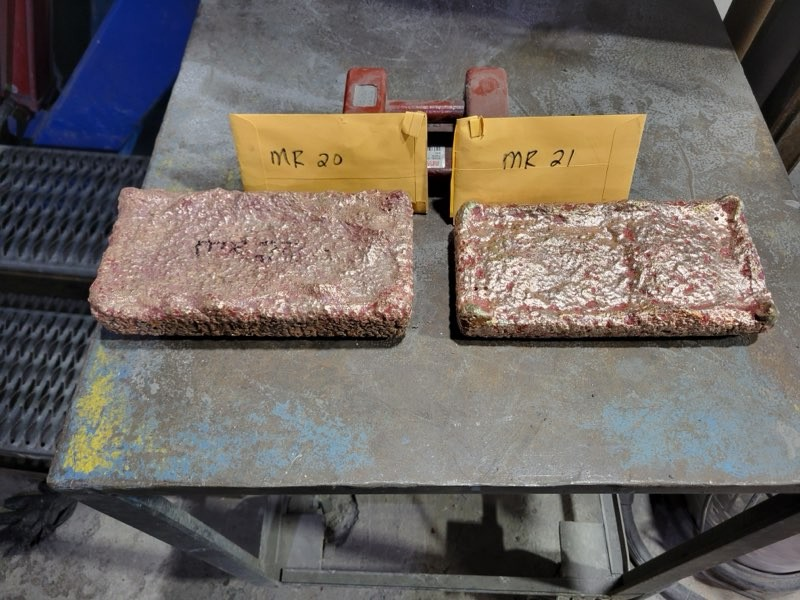Infographic: Where uranium activity is banned in Canada
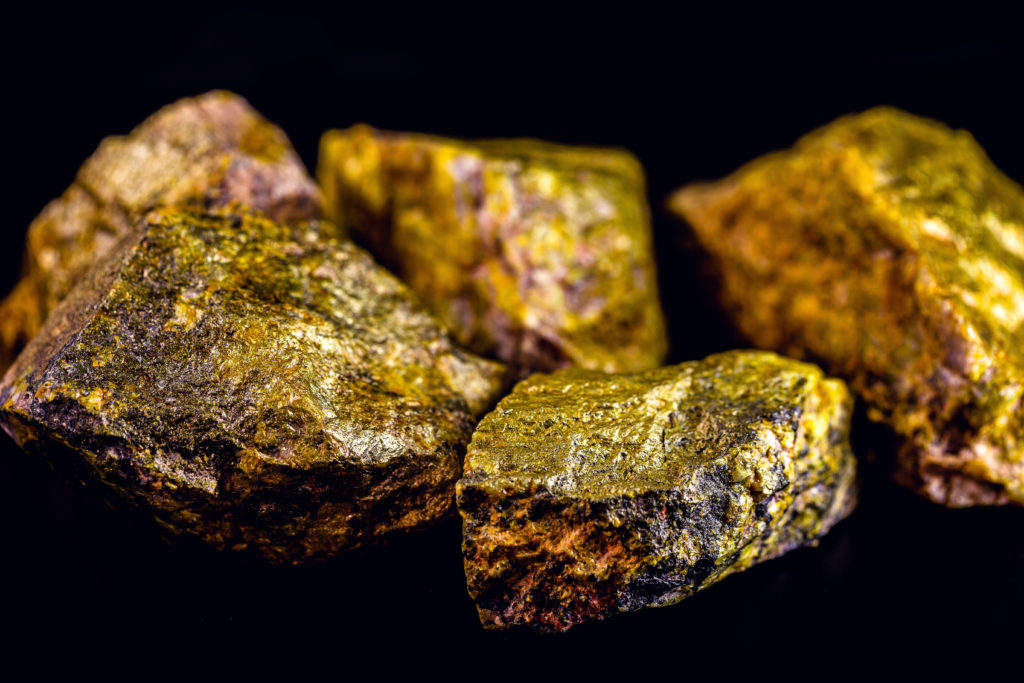
In contrast with Canada’s uranium hotspot, the Athabasca basin in Saskatchewan, exploration and mining of the energy metal has for at least 12 years been banned or largely restricted for environmental reasons in British Columbia, Quebec and Nova Scotia. In March, the government in Halifax introduced legislation to lift the ban, though it hasn’t yet received royal assent. The Northern Miner takes a glance at the uranium potential that exists in the three provinces despite current restrictions on development.
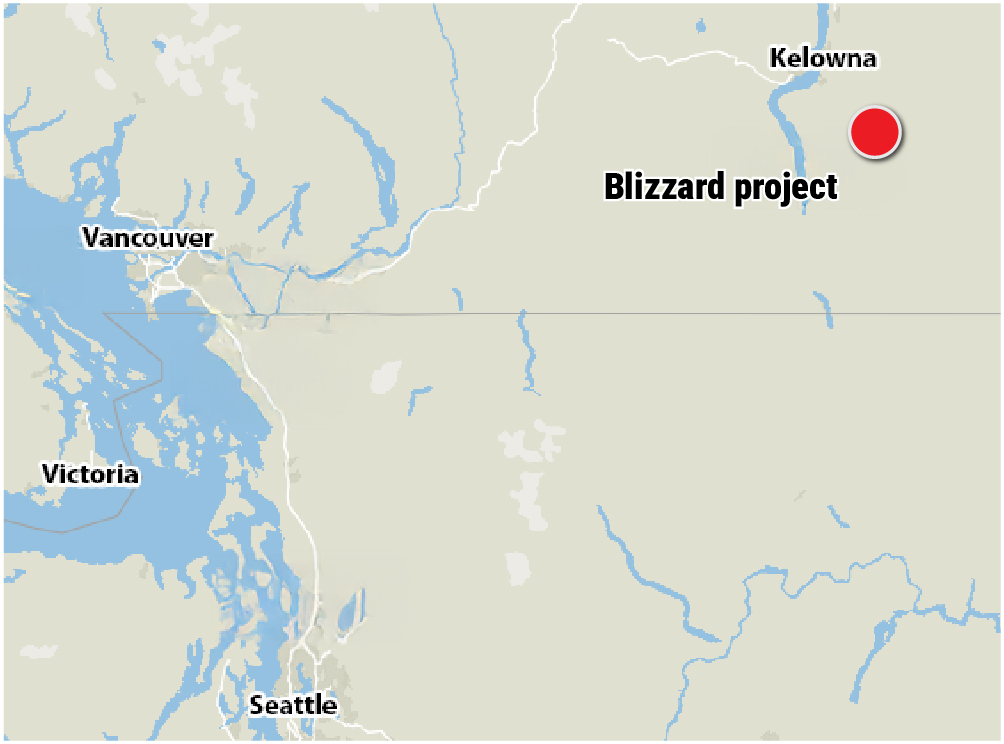
British Columbia
In April 2008, Boss Power had applied to drill at its Blizzard uranium project southeast of Kelowna, just days before the province banned uranium and thorium exploration. Three years later, the provincial government and Boss agreed to a $30 million settlement for the company to surrender its claims to Blizzard. The project hosts 2.2 million tonnes grading 0.214% uranium oxide (U3O8), for 10.4 million contained lbs. U₃O₈, according to an historical resource from 1979.
